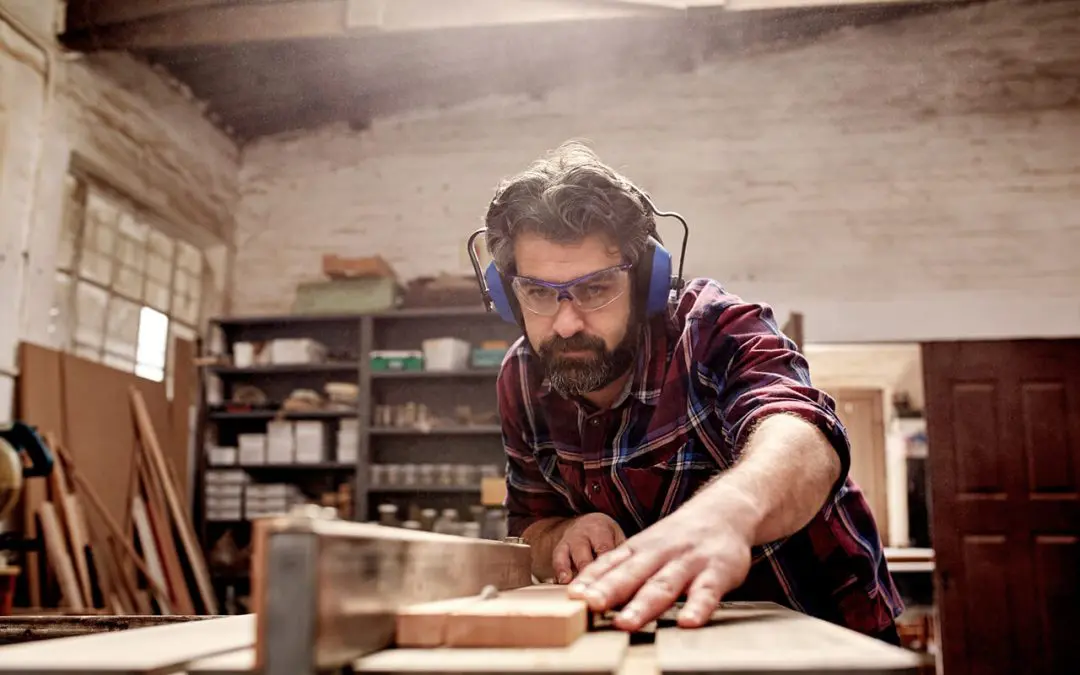Building a home workshop allows you to tailor a space specifically for your projects, hobbies, and repairs. Today, we’ll guide you through the process so that you end up with a functional, efficient, and enjoyable workspace.
Building a Home Workshop: Planning Your Space
The first step in building a home workshop is deciding on its location. Whether you have a spacious garage, a basement, or a dedicated room, the key is to find a space that meets your needs. Consider the types of projects you’ll be undertaking. If you’re into woodworking, you’ll need ample room for large equipment and materials. For electronics or crafts, a smaller, well-organized space might suffice.
Proper lighting is crucial. Natural light is ideal, but supplementing it with bright, adjustable artificial lighting will help you see fine details and reduce eye strain. Confirm that your workspace is well-ventilated, especially if you’re working with fumes from paint, solvents, or soldering.
Outfitting Your Workshop
Once your location is decided, it’s time to consider the essential furniture and storage solutions. A sturdy workbench is the centerpiece of any workshop. Opt for one with a durable surface that can withstand heavy use. Adjustable-height workbenches are a great investment, allowing you to switch between sitting and standing positions for different tasks.
Storage is another critical element. Pegboards are fantastic for keeping tools within arm’s reach and neatly organized. Shelves and cabinets will help you store materials and larger tools. Labeling your storage will save you time and frustration, allowing you to always know where to find what you need.
Choosing Your Tools
The tools you stock in your workshop will depend on your specific interests and projects. However, there are some essentials that every workshop should have. A reliable set of hand tools, including hammers, screwdrivers, pliers, and wrenches, is a must. Power tools like a drill, jigsaw, and sander will expand your capabilities.
Safety should never be an afterthought. Equip your workshop with safety gear, including goggles, gloves, and ear protection. A first aid kit and a fire extinguisher are also essential. Regularly inspect your tools to verify they are in good working condition, and replace or repair damaged ones.
Optimizing Workflow and Efficiency
A well-organized workshop looks good and enhances your productivity and enjoyment. Arrange your tools and materials in a logical order that follows the flow of your work processes. Keep frequently used tools within easy reach and store less frequently used items out of the way but still accessible.
Creating a Comfortable Environment When Building a Home Workshop
Your workshop should be a place where you enjoy spending time. Adding personal touches, such as a comfortable chair, a sound system, or even some artwork, will make the space more inviting. Consider the temperature control as well, whether adding a heater for colder months or a fan or air conditioning unit for the summer.
Building a home workshop is a rewarding project that increases your ability to tackle DIY tasks and creative projects. By carefully planning your space, outfitting it with essential tools and storage, and focusing on safety and efficiency, you’ll create a functional and enjoyable workshop. Happy building!
AWP Home Inspections provides comprehensive home inspections to homebuyers and sellers in West Central and Central Indiana. Contact us to schedule our services.

